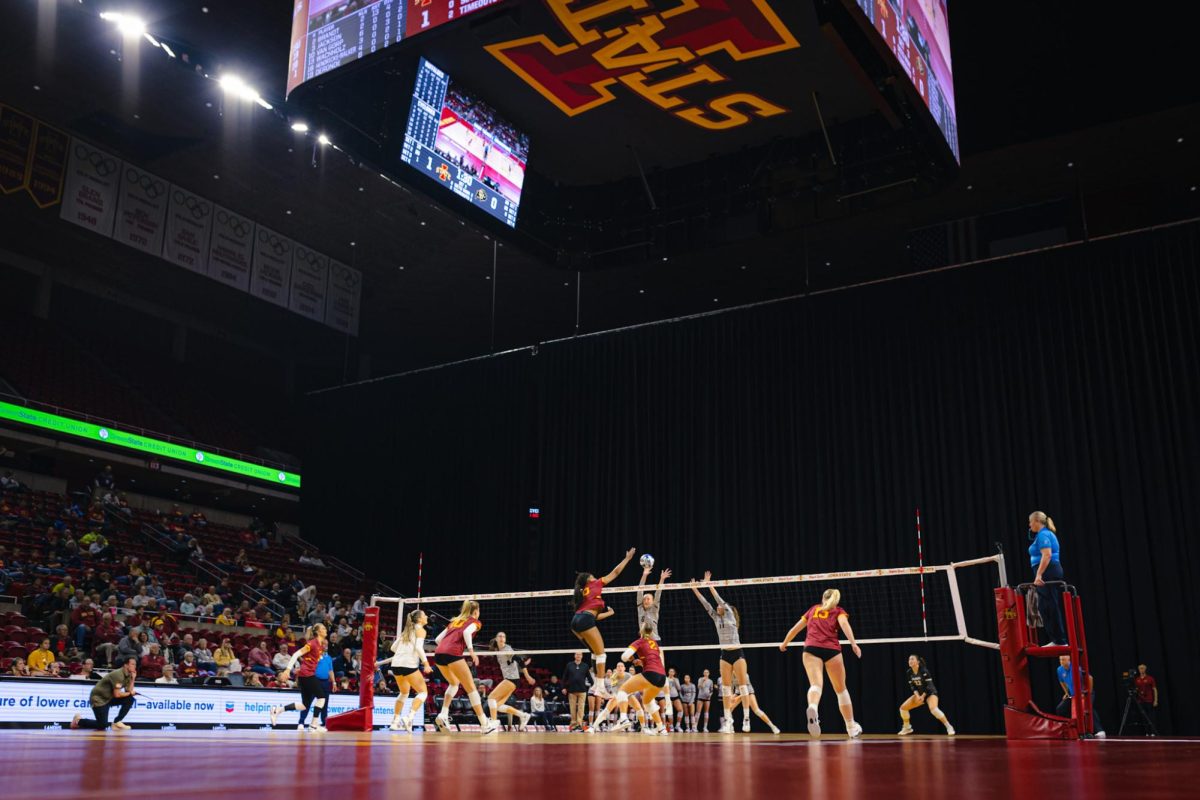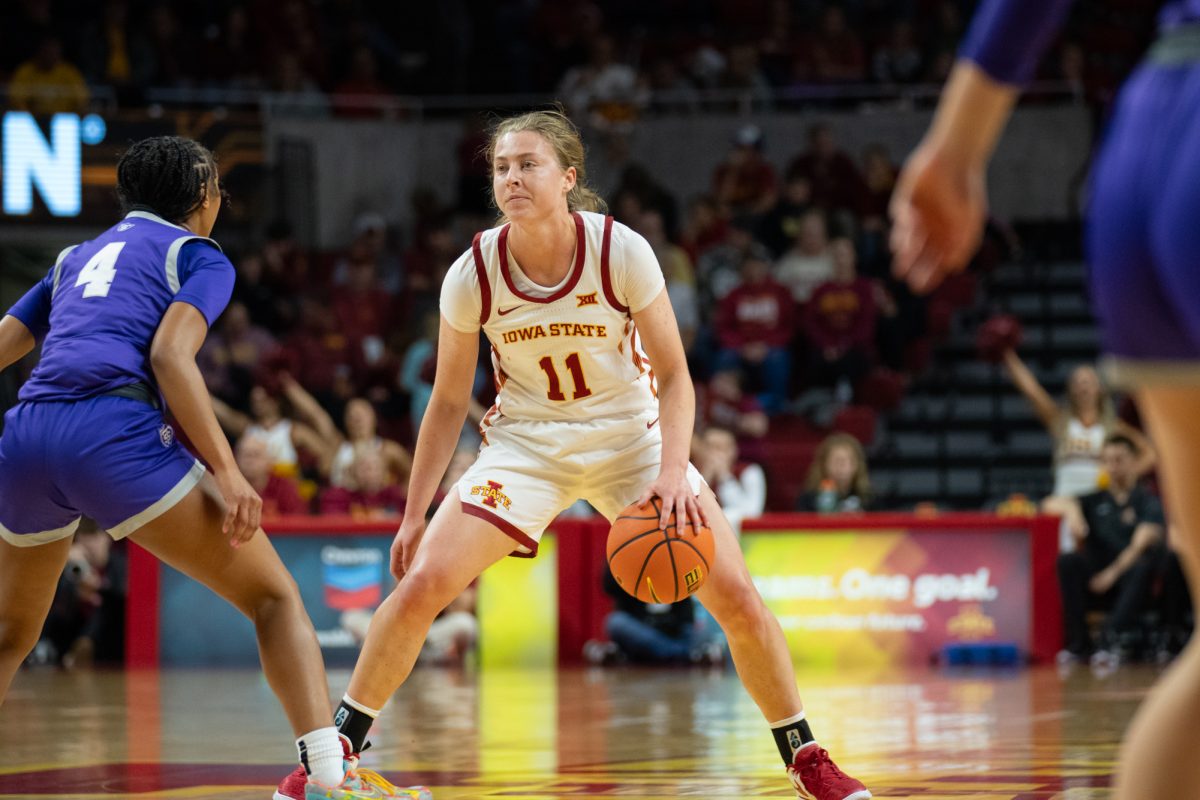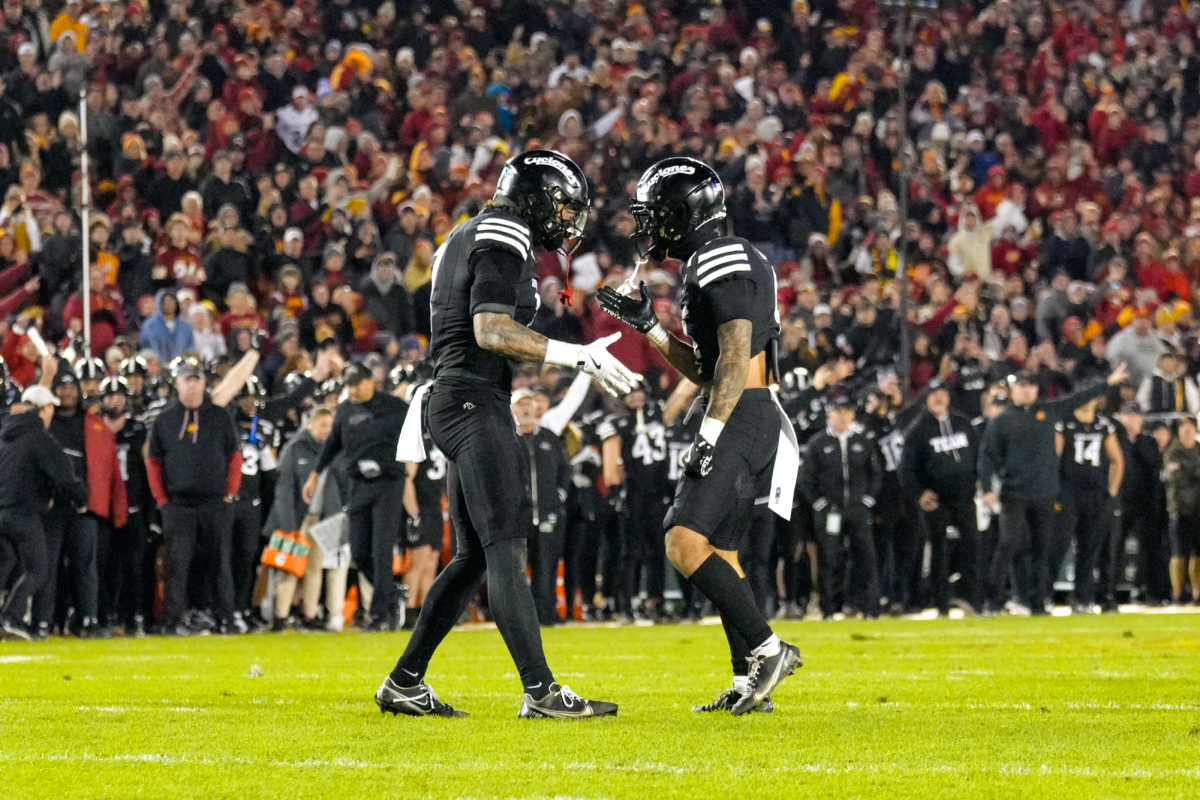COLUMN: New food pyramid gives new reasons to eat healthy
April 28, 2005
For the past couple decades, obesity has been a clear problem for America. With food easily available, we’ve grown fat off the bounty of the land. Paired with a truly amazing lineup of prime-time TV, Americans have become lazy and indifferent to our lipoidal fate. But worst of all, we’re not getting the right nutrition to keep our body healthy, and opting to eat lots of fats and sweets as opposed to fruits and veggies.
As an initial response to the rising obesity rate, the United States Department of Agriculture (USDA) released the original food pyramid about twelve years ago. The classic food pyramid is an object most of us became overly familiar with during required health classes in junior high school; a large base of grains, with a few servings of dairy, meat, fruits and veggies, and a small sample of fats and sweets.
There was a major problem with the original pyramid, however. Let’s face it: if you draw a couple lines on the bottom and sides of the food pyramid, it would look like a grotesquely overweight stick figure. And what sort of health motivator is that?
Because of this terrible error, and probably a lot of other technical and valid reasons that I’m unaware of, the USDA released a new food pyramid to the American public on April 19. The new pyramid, along with representing ratios of the major food groups that should be consumed, is meant to emphasize the importance of exercise in everyday life.
One of the more notable changes moves the food group sections into a vertical formation, as opposed to the old horizontal one. The large, bulky bars are gone, and have been replaced with sleek, triangular slices that radiate from the tip of the pyramid and expand to the bottom. The size of the bottom of each section represents the proportion of that type of food you should consume in your normal, everyday diet.
I see a couple obvious flaws with this new design. First, the actual number of servings that you’re supposed to consume of each food group has been eliminated from the standard picture, so all you have to go by are the ratios between the bottoms of the bars. Without using a ruler, it’s very difficult to tell the size differences among most of the slices, except for the “fats and oils” slice, which is practically non-existent. Notable also is the exclusion of the “sweets” sub-category from the “fats and oils” section.
Additionally, the new design makes all the food groups easily reachable from someone standing at the base of the pyramid. Even if the fatty section is thinner than a pre-rehab Mary-Kate Olsen, it seems to be in a much more convenient location than it was before, when it crowned the pyramid. For me, seeing the small, fatty pyramid eye perching up at the top was a strange sort of visual deterrent, as I knew that I’d have to climb past numerous Brussels sprouts and glasses of skim milk to make it up there.
Aside from redesigning the layout of the pyramid, the USDA added an androgynous cartoon figure running up the side, which is meant to represent the importance of exercise. In contrast to the Atkins’ Diet strategy, which involves eating no carbohydrates and not having to move around much, the USDA believes getting off your butt and moving is a key component to effectively losing weight and staying healthy. Although the pyramid doesn’t provide a ratio to find the serving size for your daily exercise (I would recommend two to three cups of jogging daily), the idea of movement for a healthier body is a sound one.
The final component to the new pyramid design is personal customizing. Type in your age, sex and daily activity level, and the USDA’s Web site will tell you what you should — but probably don’t — eat every day. I was a little disappointed that my personalized pyramid didn’t have large sections for my daily pizza and quesadilla intake, but I suppose even the USDA can make mistakes.
Do yourself a favor and head over to www.mypyramid.gov and check out the details of the new pyramid. At a time in the year when many of us are stocking up on snacks for late-night study sessions, the worst outcome might be that you pick up some habits that will give your body what it’s really been craving.






